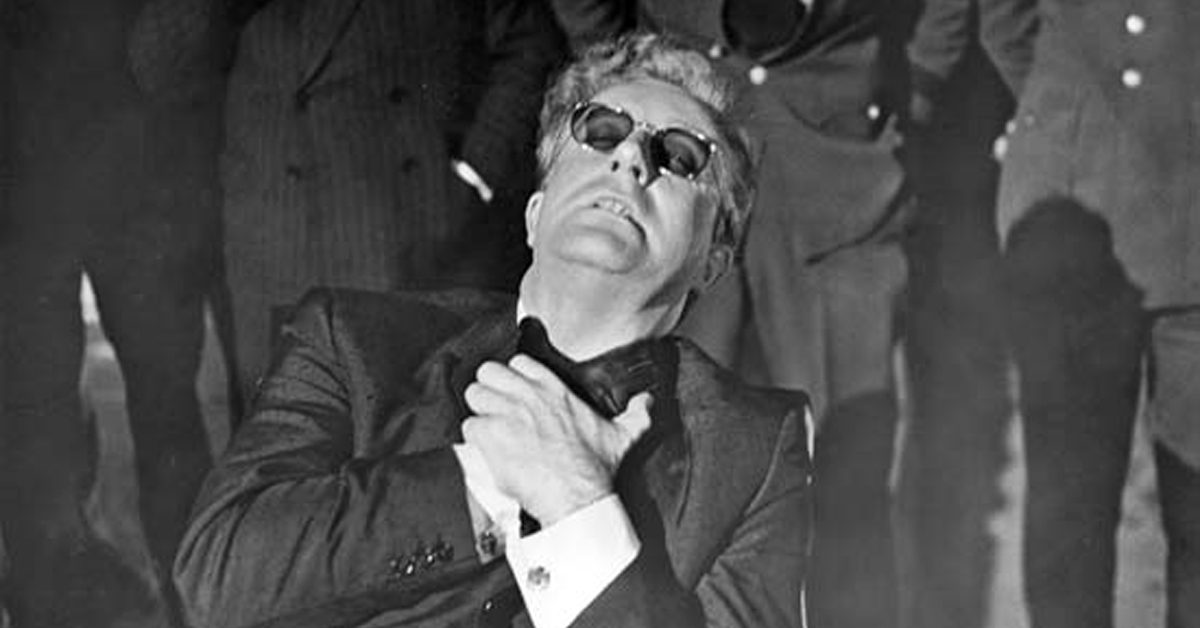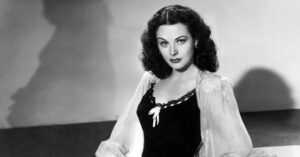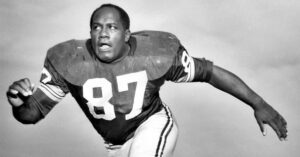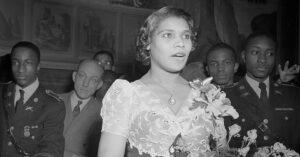Dr. Strangelove or: How I Learned to Stop Worrying and Love the Bomb is a brilliant black comedy made in 1964 and starring Peter Sellers with George C. Scott. In this undated British political satire, a four-star classic to be sure, Sellers essays three parts: the President, the British captain, and the mad inventor of the Bomb.
The American Film Institute voted this film number three of the hundred greatest comedies of all time.
Shooting in early 1963 was moved to England because Sellers needed to remain there during a divorce. His life was always complicated.
Budgeted at $1.8 million, Sellers was paid $1 million out of that, and in 1963 dollars! But superlative director Stanley Kubrick reasoned, “I got three actors for the price of six.” In fact, Sellers was going to play a fourth role, but he broke an ankle, and also had difficulty maintaining a Texas accent. Slim Pickens was cast instead.
Amazingly enough, Sellers made up most of his own dialogue! His improvisation explains the odd way certain scenes were edited. Neither the other actors nor the crew knew what Sellers was going to do or say, and everyone was cracking up.
And yet the project began as an adaptation of a deadly serious thriller, RED ALERT, by Peter George. As Kubrick developed the property, however, he realized that many scenes would play funny, and he began to fashion a dark comedy of errors. The working titles were THE DELICATE BALANCE OF TERROR and THE EDGE OF DOOM.
Following the assassination of John F. Kennedy on November 22, 1963, the USA release of Dr. Strangelove was postponed until January 29, 1964. The town of “Las Vegas” was post-dubbed as a line of dialogue to replace the city of “Dallas.”
Sellers as “President Merkin Muffley” was supposed to be Adlai Stevenson. George C. Scott’s character, General Buck Turgidson, was inspired by General Curtis Lemay. Both of these character names had sexual undertones.
Dr. Strangelove was nominated for best picture, director, screenplay, and actor – Sellers. It was a huge commercial success, and won the BAFTA award for best film of the year.
From Variety’s notice: “Nothing would seem to be farther apart than nuclear war and comedy, yet Kubrick’s caper tackles a fail safe subject with a light touch. Screenplay is imaginative and contains many an offbeat touch.”
The war room set shows a table filled with pies. That’s because the film was supposed to end in a pie fight!




